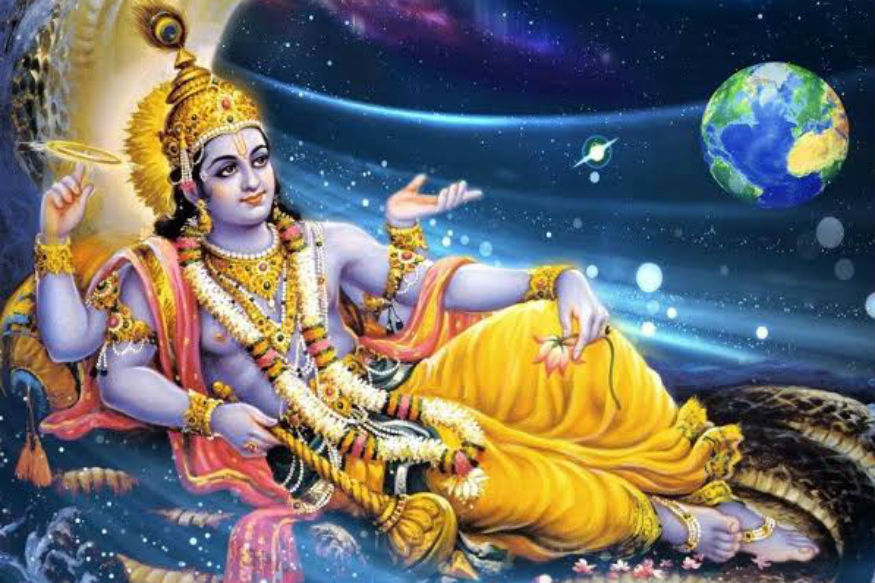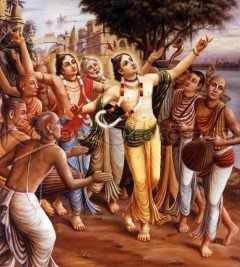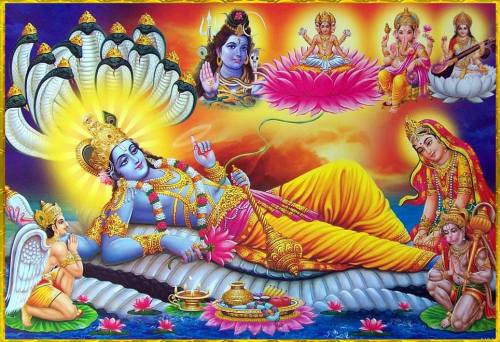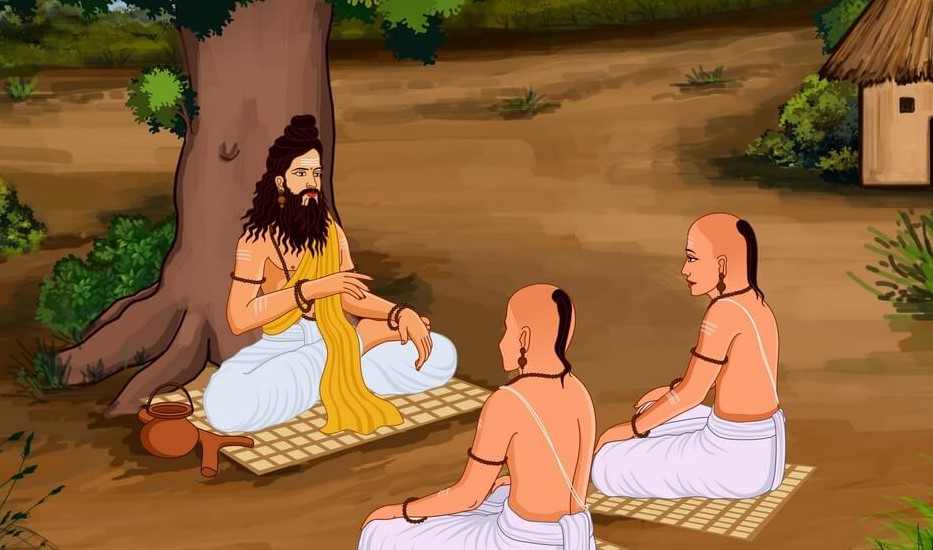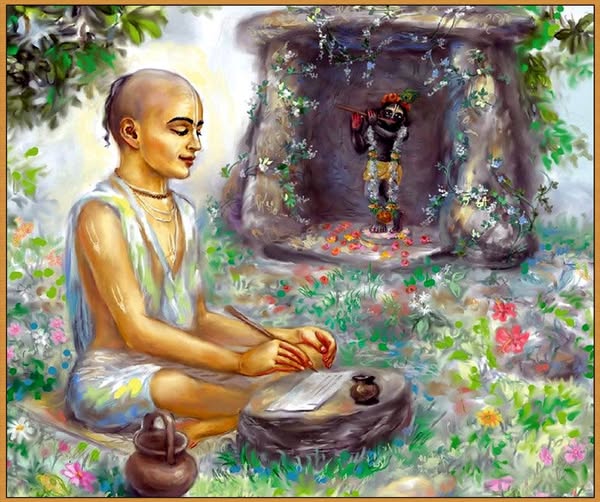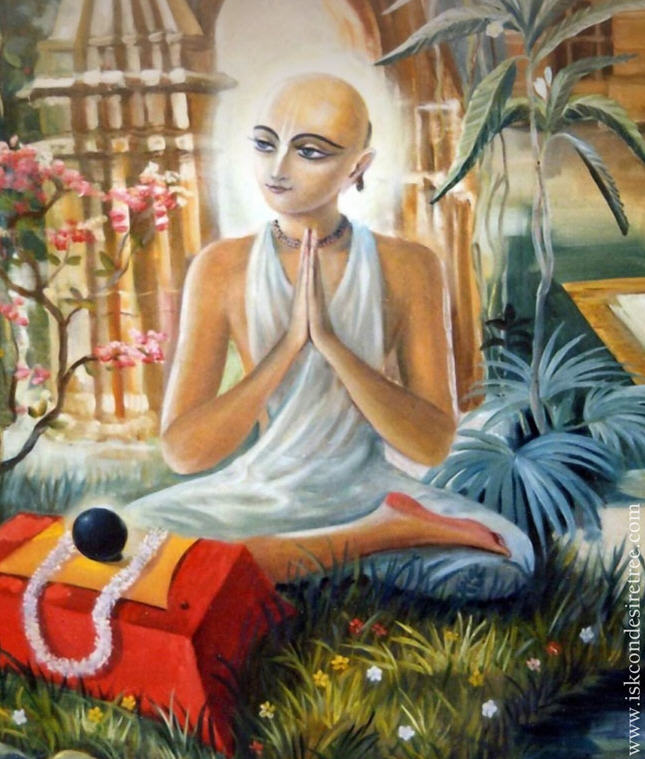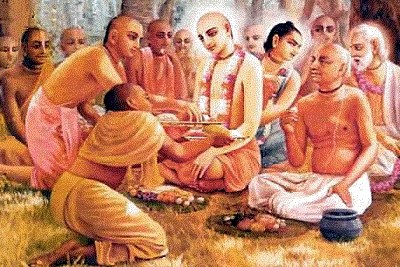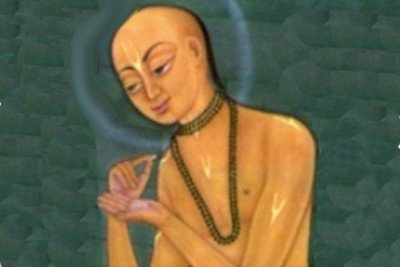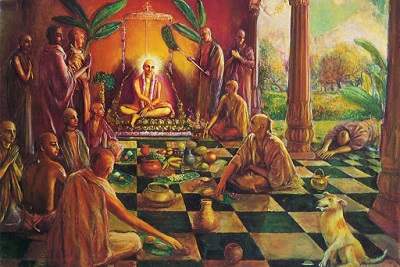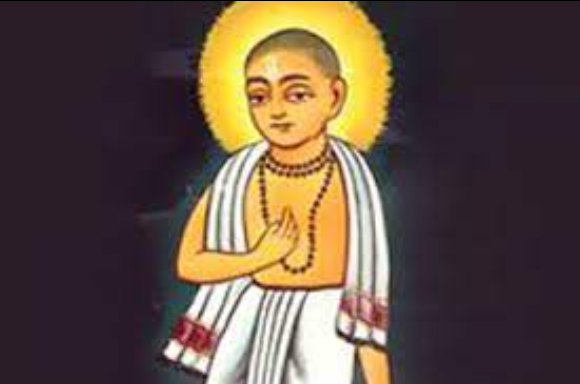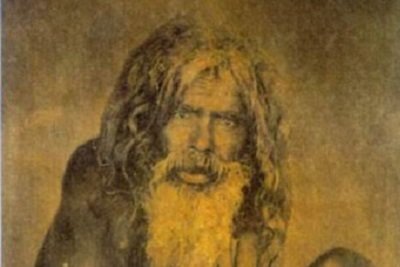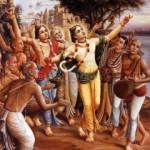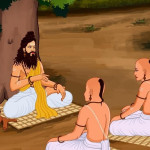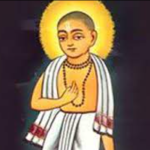SAT-TILA Ekadasi
Date: 14th January 2026
Day: Wednesday
Ekadashi Tithi Begins – 03:17 PM on Jan 13, 2026
Ekadashi Tithi Ends – 05:52 PM on Jan 14, 2026
(As Ekadashi Tithi might begin at any time of the day and mostly split over two days, on the basis of these timings one day is preferred over the other to observe fasting. Tithi begin time is not needed to observe fasting. Ekadashi fasting always begins with Sunrise and mostly ends after next day Sunrise)
Please observe Ekadasi fast to grow in spiritual life. Chant 25 rounds (25×108 number) of Hare Krishna Mahamantra.
हरे कृष्ण हरे कृष्ण कृष्ण कृष्ण हरे हरे।
हरे राम हरे राम राम राम हरे हरे।।
Hare Krishna Hare Krishna, Krishna Krishna Hare Hare
Hare Rama Hare Rama, Rama Rama Hare Hare
Fast Breaking Time (Paran Time) – Next day on January 15, 2026 – Between 07:15am to 10:45am for Delhi/ NCR – India, for other regions please check nearest ISKCON Temple/Centre.
(Parana means breaking the fast. Ekadashi Parana is done after sunrise on next day of Ekadashi fast. It is necessary to do Parana within Dwadashi Tithi unless Dwadashi is over before sunrise. Not doing Parana within Dwadashi is similar to an offence. Parana should not be done during Hari Vasara. One should wait for Hari Vasara to get over before breaking the fast. Hari Vasara is first one fourth duration of Dwadashi Tithi.)
In religious texts five types of Ekadashi fasting has been mentioned:
1) Nirjal (निर्जल): Fasting without water and food.
2) Jalahar (जलाहर): Fasting with only water.
3) Ksheerbhoji (क्षीरभोजी): Fasting by consuming milk or only products made of milk.
4) Phalahari (फलाहारी): Fasting on fruits only. One should consume only high class of fruits like mango, grapes, banana, almond, and pistachios etc. and should not eat leafy vegetables.
5) Naktabhoji (नक्तभोजी): Fasting by having single meal in a day just before sunset. Meal can include Sabudana, Singhada (Water Chestnut), Shakarkandi, Potatoes and Groundnuts. Grains and Pulses are prohibited. For many Kuttu Atta (BuckWheat Flour) and Samak (Millet Rice) are also staple diets during single Ekadashi meal. However validity of both items as Ekadashi food is debatable as those are considered semi-grains or pseudo grains. It is better to avoid these items during fasting.
Food has to be cooked in Ground nut oil or ghee, not soyabean oil. Sendha namak (Rock Salt) should be used, none of the masalas (Spices) to be used, unless they are grounded at home.
Description -This Ekadasi occurs in the Phalguna month, as the moon wanes at this time a very special atmosphere is created. The glories of Sat-tila Ekadasi are narrated in the Bhavisyottara Purana in a conversation between the sage Dalbhya and Pulastya muni.
“Oh esteemed brahmana!” began Dalbhya muni.
“People are most polluted in the age of Kali, there are sinful acts taking place at all times! Heinous crimes such as the killing of brahmanas, killing of cows and general freeloadering are rife.
Please elucidate the process by which these perpetrators can be freed from their sinful acts.”
The sage Pulastya replied: “O my dear friend and fortunate one, by observing the vow of Ekadasi which falls during the waning moon in the month of Phalguna all sinful reactions can be burnt to ashes.
“On the Ekadasi day the aspirant should rise early, bathe and then worship the Lord with prayers: O Lord Janardana! O most merciful Sri Krsna! You are the deliverer of the fettered fallen souls. Please do not exclude anyone from your mercy, those drowning in an ocean of grief need your mercy most. O Supreme Brahman! O Supreme Personality of Godhead! O Lord of the universe! Please hear my prayer and grant me the boon of assisting you in helping the conditioned souls of the material world. Please accept my fidelity and use me as an instrument in the struggle against Maya. O dear Laksmi devi please be kind to this lowly servant and grant that he may be freed from all anarthas.”
“Thenceforth one should give charity to brahmanas, depending on means available one can offer umbrellas, cloth, shoes, sugar, or a pitcher filled with water. Cows of many colours may also be given and specific to this Ekadasi sesame seeds. By gifting sesame seeds on this day one can live in the heavenly planets for many years.“
“Sesame seeds are used in different varieties on this day; one may bathe in water mixed with sesame seeds, smear sesame seed paste on the body, execute fire sacrifices with sesame seeds, offer oblations to the ancestors with sesame seeds and give sesame seeds in charity. By doing so one will free himself from more sinful reactions than he is able to commit. Thus this Ekadasi is known as Sat-tila.“
Narada Muni once approached Sri Krsna and asked to hear the glories and results of observing Sat-tila Ekadasi; Krsna thus recounted the following story. “In ancient times, long before the world began even, there lived a female brahmani called Vanalika. She very soberly followed a strict vow of celibacy and engaged in worshipping the Lord. By constantly fulfilling the edicts of various vows she became emaciated and wearily weak. Although she gave charity to poor brahmanas and unmarried girls, she never offered food grains and thus the Demigods became wrathful against her. Despite this shortcoming I considered her a purified soul due to her extreme penance and heartfelt generosity towards the beggared brahmanas.
“O dear Naradaji, in order to test this brahmani I donned the garb of a mendicant and disguised myself suitably. I personally appeared in this mortal world, and taking a begging bowl in my own two hands I approached the house of that Vanalika brahmani.“
“As I approached the house she appeared before me and said: “O dear mendicant! Where have you come from and please do not lie to me!?!”
“I played dumb and asked for charity once more; she became angry and placed a lump of clay in my begging pot. Thereafter I returned to my abode and resumed my duties. In due course of time that self same brahmani also returned to my transcendental abode and got a beautiful house to reside in. However, due to her misfortune she was bereft of wealth. She had no food grains in the house and gradually she grew restless and approached me with folded palms. She humbly inquired ‘”O Janardana, I have been engaged for many moons in performing penance and austerity; why am I now bereft of food grains and wealth?”‘
“I replied to her thus: “You have come here from the material world, please return to your new residence and wait for a visit from the Demigods. They will come out of curiosity and the wives of the Demigods will take your darshan; then you should ask them about the glories of Sat-tila Ekadasi. Do not let them leave until they finish the narration. After hearing my instruction Vanalika returned home.
“One day when she was sitting in her house, the doors all locked shut. The wives of many Demigods mystically entered and said: “O dear beauty, we have come to take your darshan, as a resident of the spiritual realm you are indeed worshippable and we have thus come to see you.
‘”If you wish to see me then, please explain the importance, piety and glories of Sat-tila Ekadasi before you leave.”‘
“Thereupon, one of the wives narrated the glories of this Ekadasi. Upon completing the recountal, Vanalika became satisfied and the Demigoddesses left, also satisfied with their darshan. Under the instruction of these munificent creatures Vanalika observed the Sat-tila Ekadasi day and became beautiful, effulgent and she received plenitude grains, wealth and gold.
“However, no one should observe this Ekadasi being controlled by greed or lust. By following this Ekadasi one’s misfortune and poverty are destroyed. If one donates sesame seeds on this day then all his sinful reactions are vanquished.”

